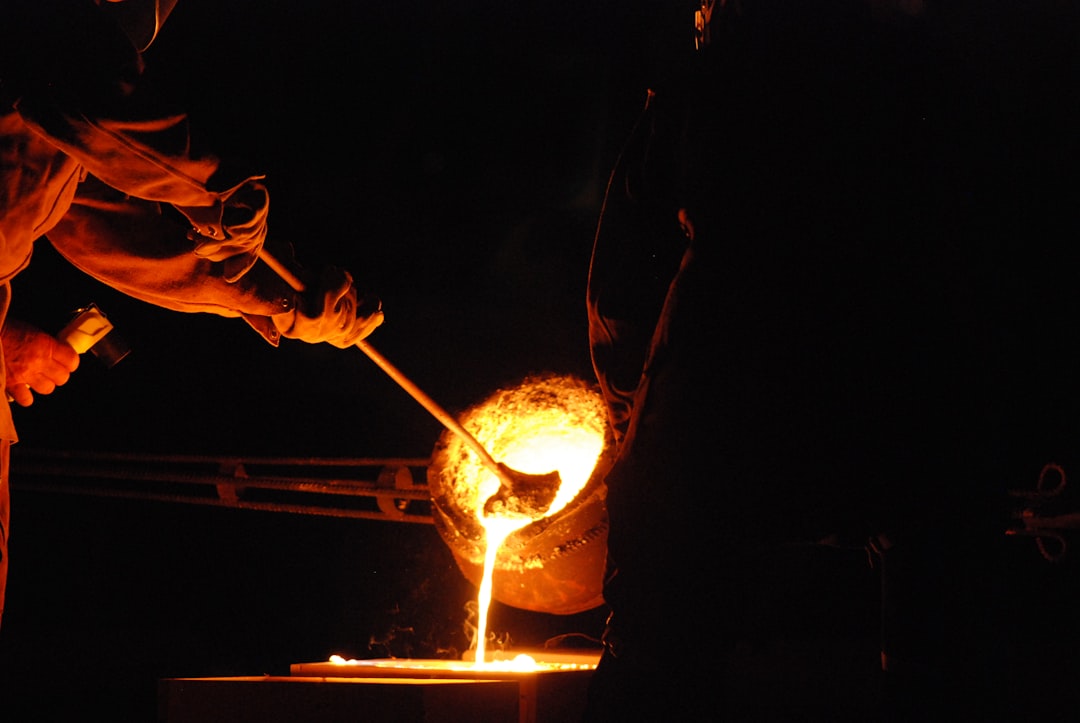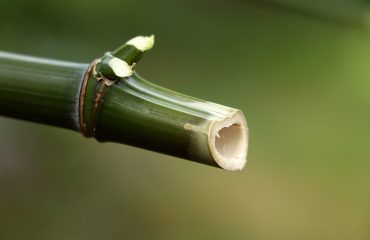body {
font-family: sans-serif;
line-height: 1.6;
margin: 20px;
}
h1, h2 {
color: #333;
}
img {
max-width: 100%;
height: auto;
display: block;
margin: 20px auto;
}
Steel, a cornerstone of modern construction and manufacturing, requires precise and efficient cutting methods. This blog post explores the diverse range of steel cutting technologies available, examining their processes, applications, advantages, and limitations. From the traditional to the technologically advanced, we’ll dissect the world of steel cutting to provide a comprehensive overview.
1. Abrasive Waterjet Cutting: Precision and Versatility
Abrasive waterjet cutting utilizes a high-pressure stream of water mixed with an abrasive material, typically garnet sand, to cut through steel. This method is highly versatile, capable of cutting a wide range of steel thicknesses and grades with minimal heat-affected zones (HAZ). The absence of heat minimizes warping or distortion, making it ideal for intricate designs and delicate components. However, it’s relatively slower than some other methods and can be more expensive for mass production due to the consumable abrasive material.
Applications include cutting intricate shapes in stainless steel, cutting thick plates for shipbuilding, and creating precise parts for aerospace applications.
2. Laser Cutting: Speed and Accuracy in Steel Fabrication
Laser cutting uses a high-powered laser beam to melt and vaporize the steel, creating clean, precise cuts. This method is incredibly fast and efficient, particularly for high-volume production. Laser cutting offers exceptional accuracy and repeatability, making it suitable for complex geometries and intricate designs. Different laser types, such as CO2 and fiber lasers, cater to various steel thicknesses and grades. However, the high initial investment cost can be a barrier for smaller businesses. The process also generates fumes and requires appropriate safety measures.
Applications range from automotive parts manufacturing to the creation of decorative steel elements and intricate metal artwork.
3. Plasma Arc Cutting: A Robust Solution for Thick Steel
Plasma arc cutting employs a high-velocity jet of ionized gas (plasma) to melt and remove the steel. This method is exceptionally effective for cutting thick steel plates, often used in construction and shipbuilding. It’s faster and more cost-effective than abrasive waterjet cutting for thicker materials. However, the cut quality is generally not as fine as laser cutting, and the heat-affected zone can be larger, leading to potential warping. The process also produces significant fumes and requires robust ventilation systems.
Typical applications include cutting heavy steel plates for structural components, demolition work, and fabricating large metal structures.
4. Oxy-Fuel Cutting: The Traditional Approach to Steel Cutting
Oxy-fuel cutting, a time-tested method, utilizes a jet of oxygen to burn through the steel. This process is relatively inexpensive and requires less sophisticated equipment compared to other methods. It’s well-suited for cutting thicker sections of mild steel. However, it’s less precise than modern methods, produces a wider kerf (cut width), and generates significant heat, leading to a large heat-affected zone and potential warping. It is also not suitable for all steel types, particularly stainless steel.
Common applications include demolition, scrap metal processing, and cutting thick mild steel plates in industrial settings.
5. Choosing the Right Steel Cutting Technology: Factors to Consider
Selecting the appropriate steel cutting technology depends on several crucial factors: the type and thickness of the steel, the required cut quality and precision, production volume, budget constraints, and safety considerations. For high-precision, intricate cuts in thinner materials, laser cutting or abrasive waterjet cutting are often preferred. For thick steel plates, plasma arc cutting or oxy-fuel cutting might be more suitable. A comprehensive assessment of these factors is critical for making an informed decision.
Consider the following questions: What is the material thickness? What is the desired cut quality? What is the production volume? What is the budget? What are the safety requirements?
Understanding the nuances of each steel cutting technology allows for optimal selection and efficient material processing. By carefully considering the factors outlined above, manufacturers and fabricators can ensure the best possible results for their specific applications.
Tags: Steel cutting, laser cutting, plasma cutting, waterjet cutting, oxy-fuel cutting, metal fabrication, steel processing, manufacturing technology, industrial cutting, steel works




